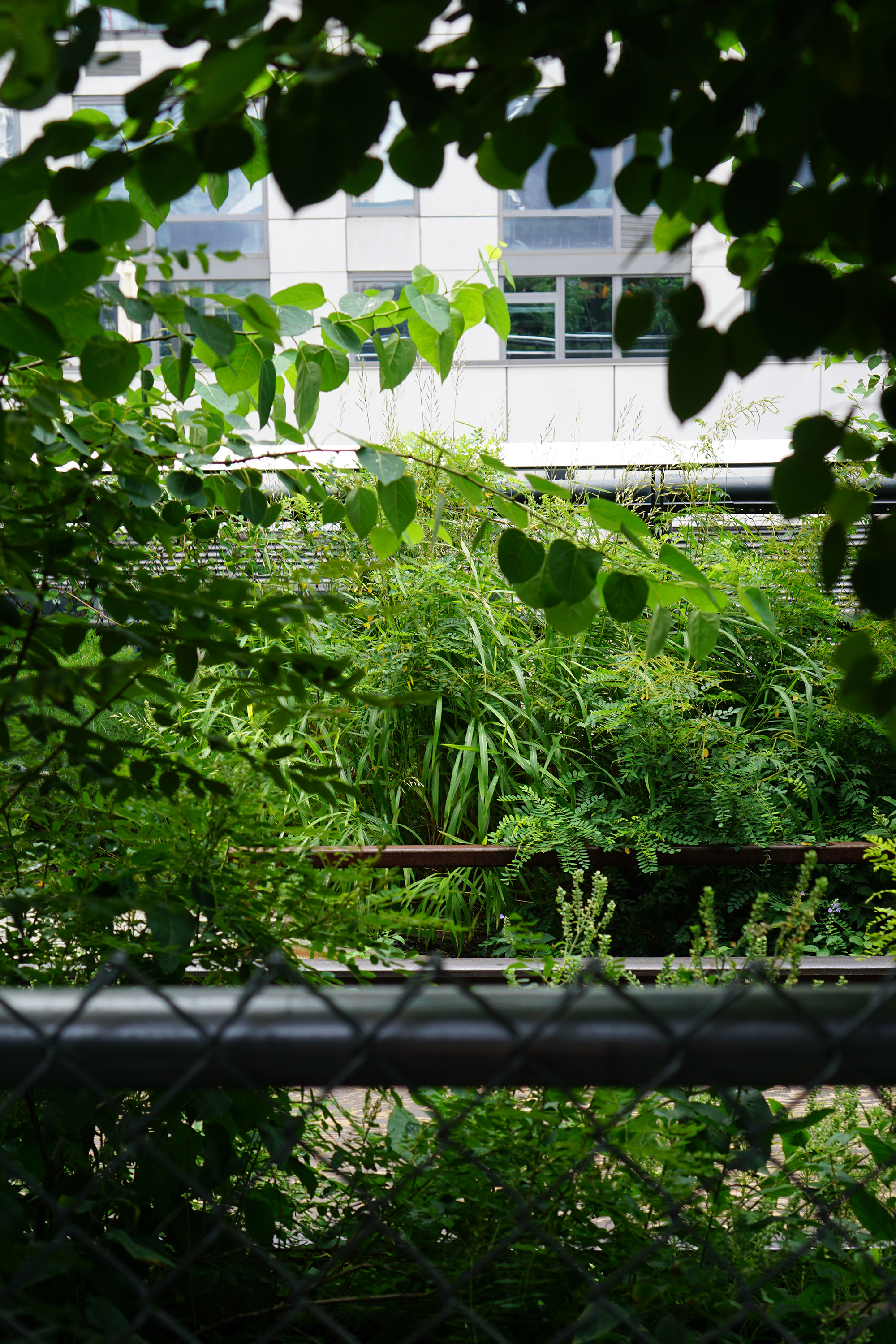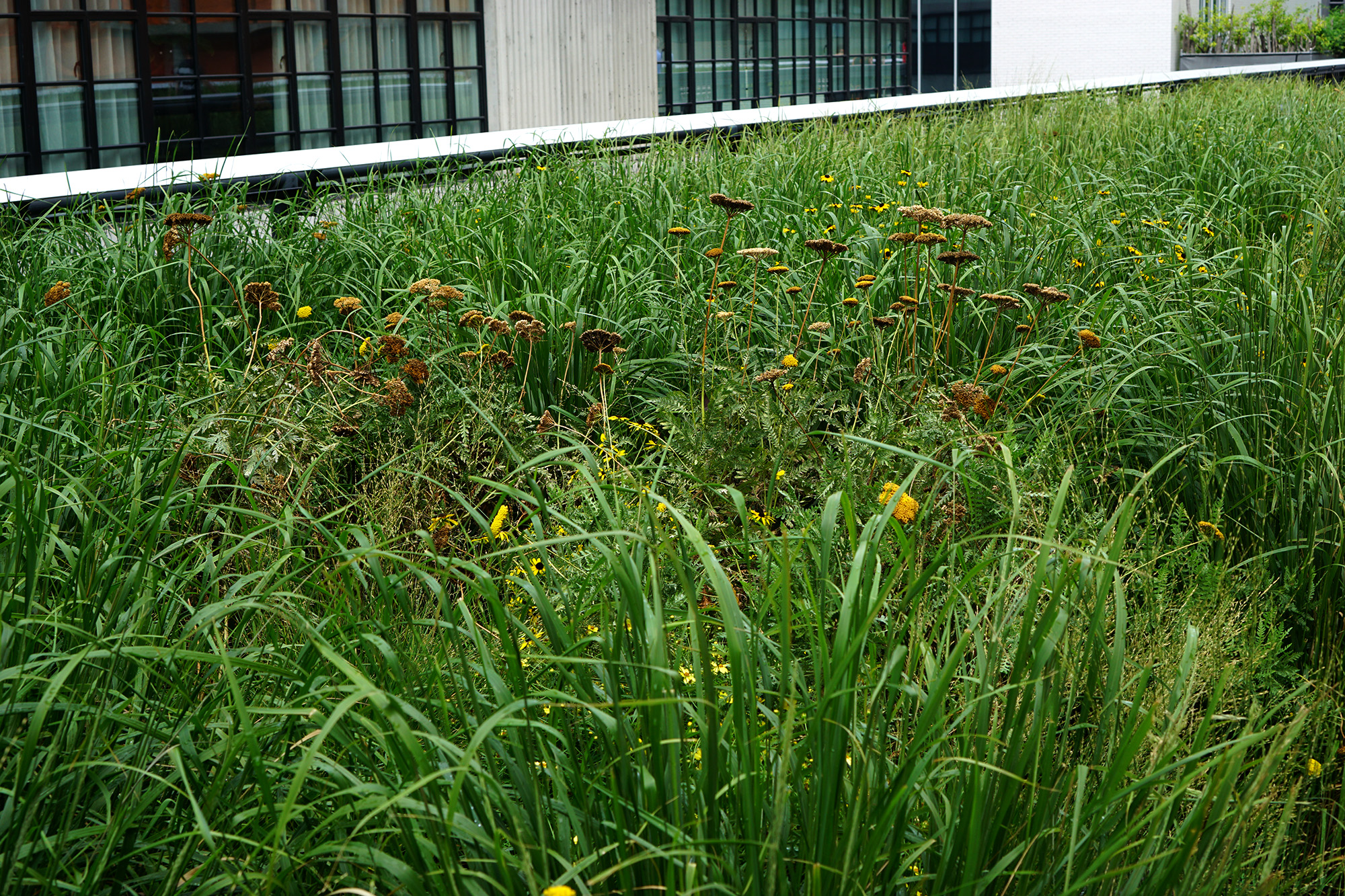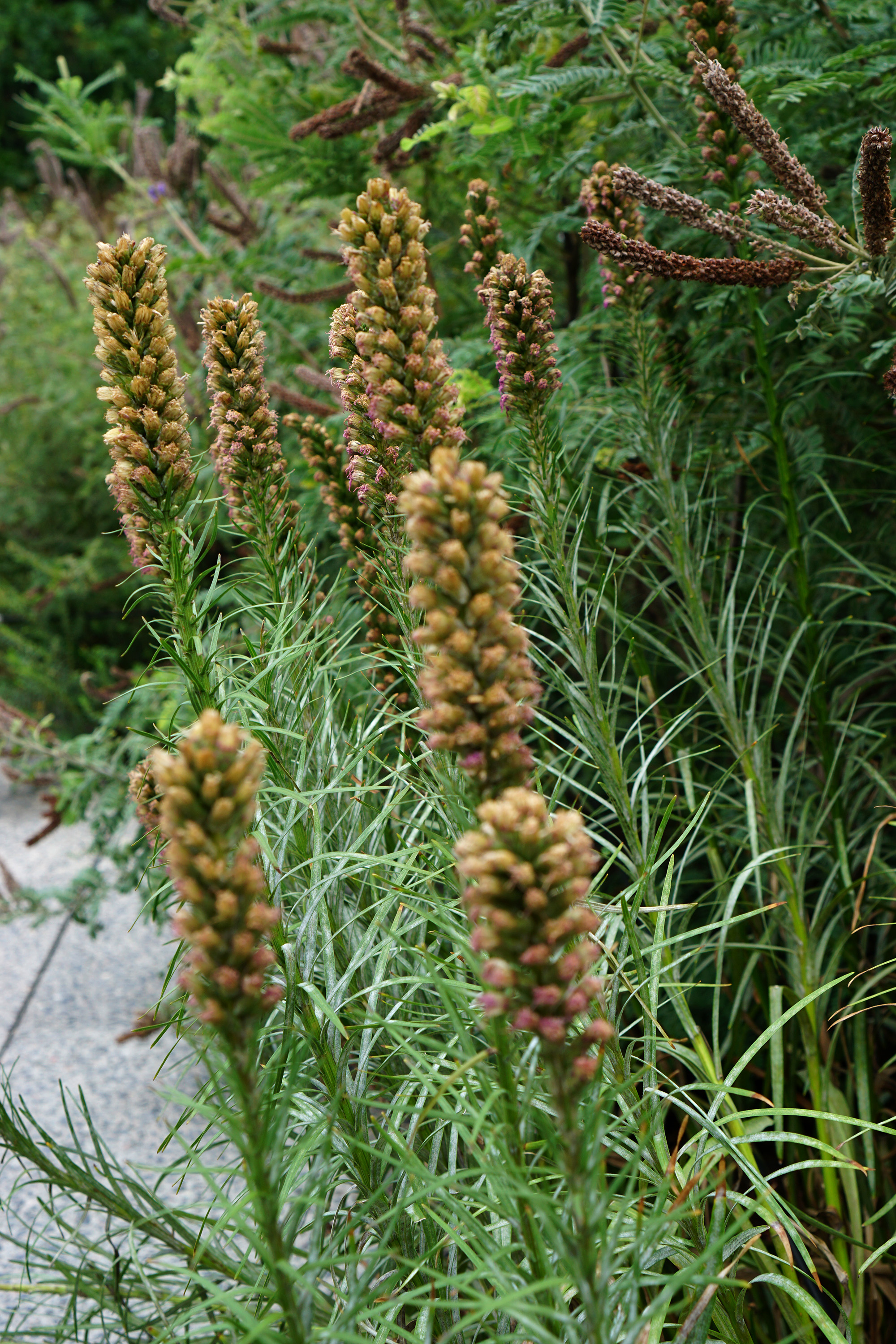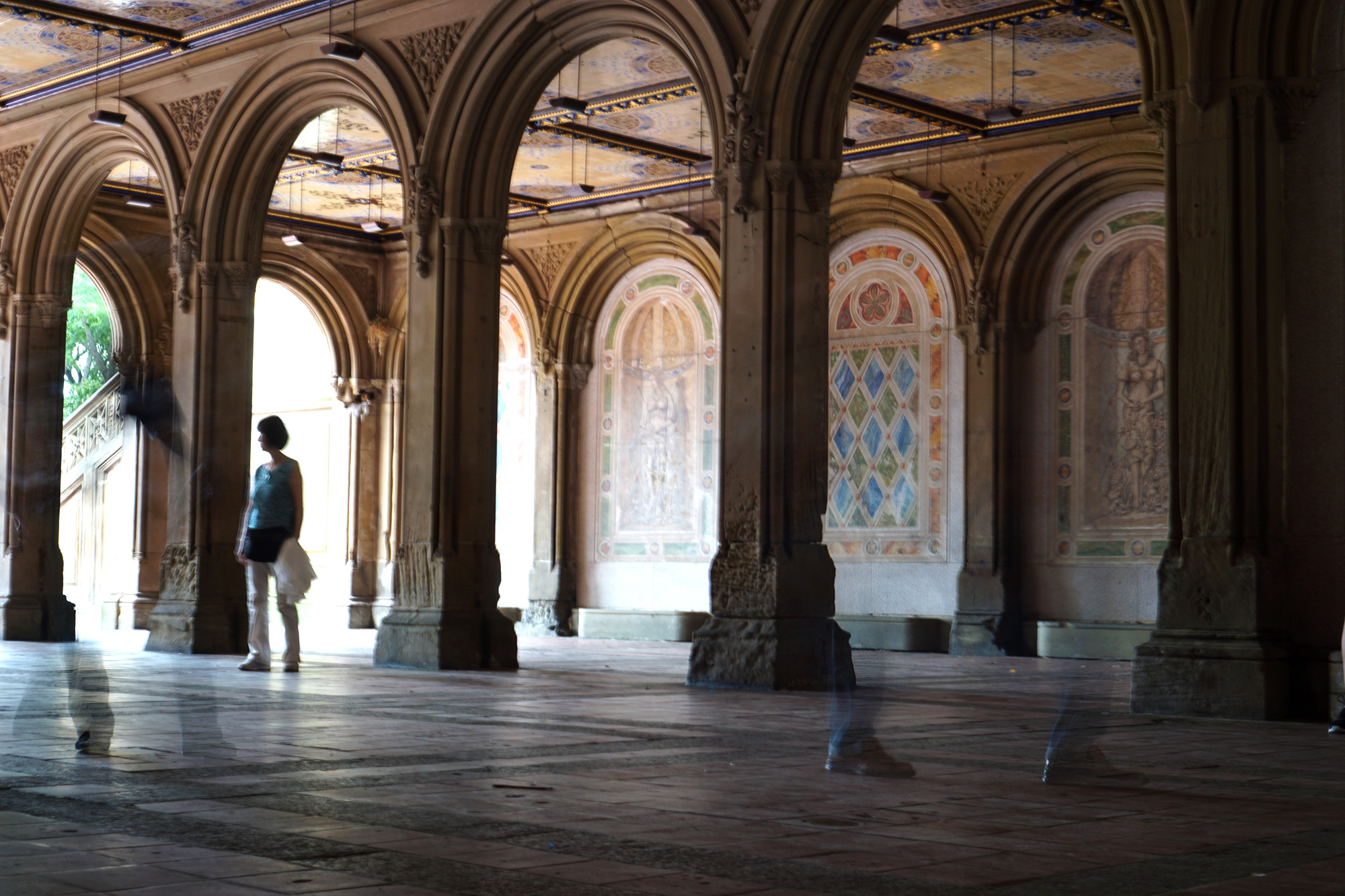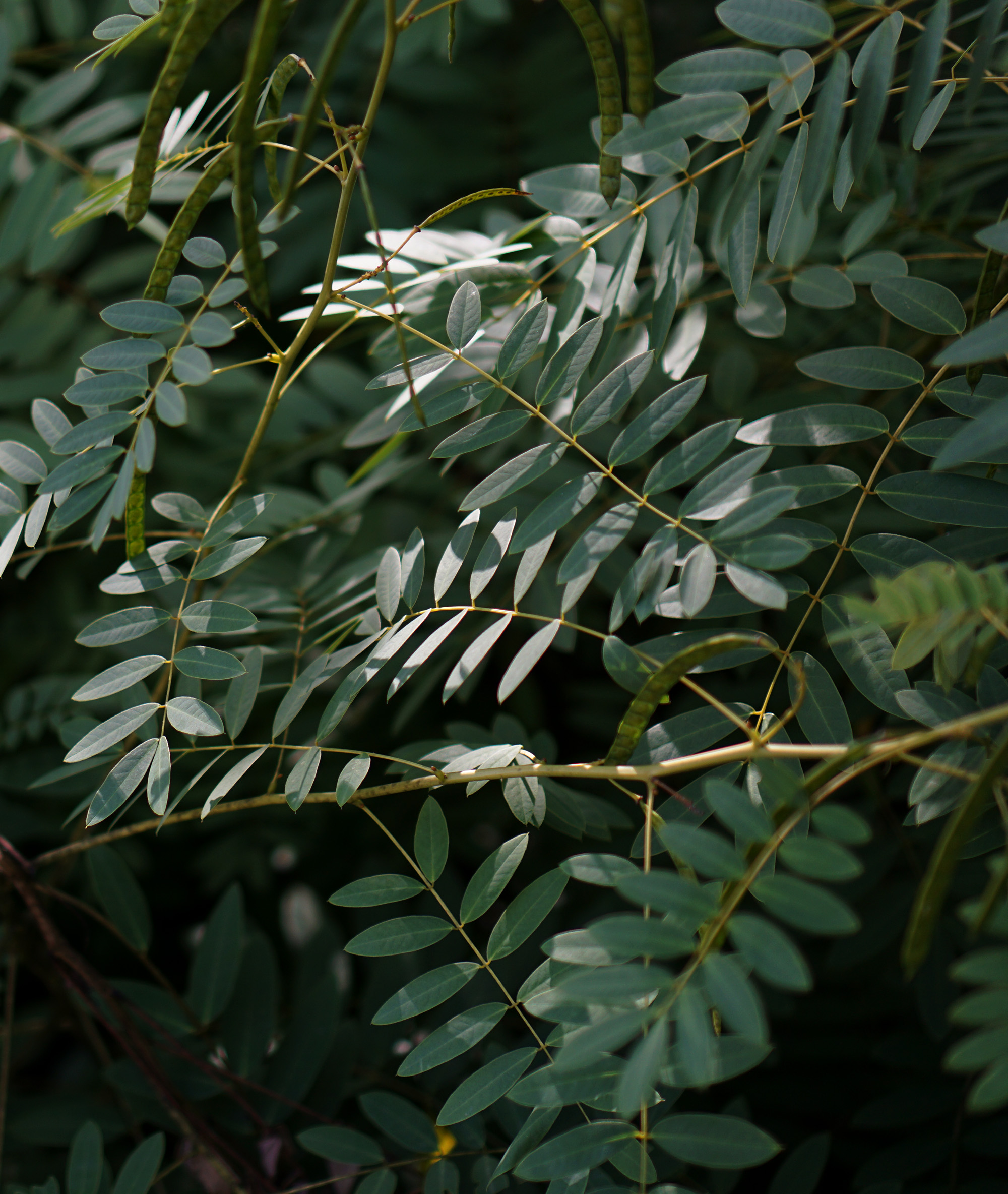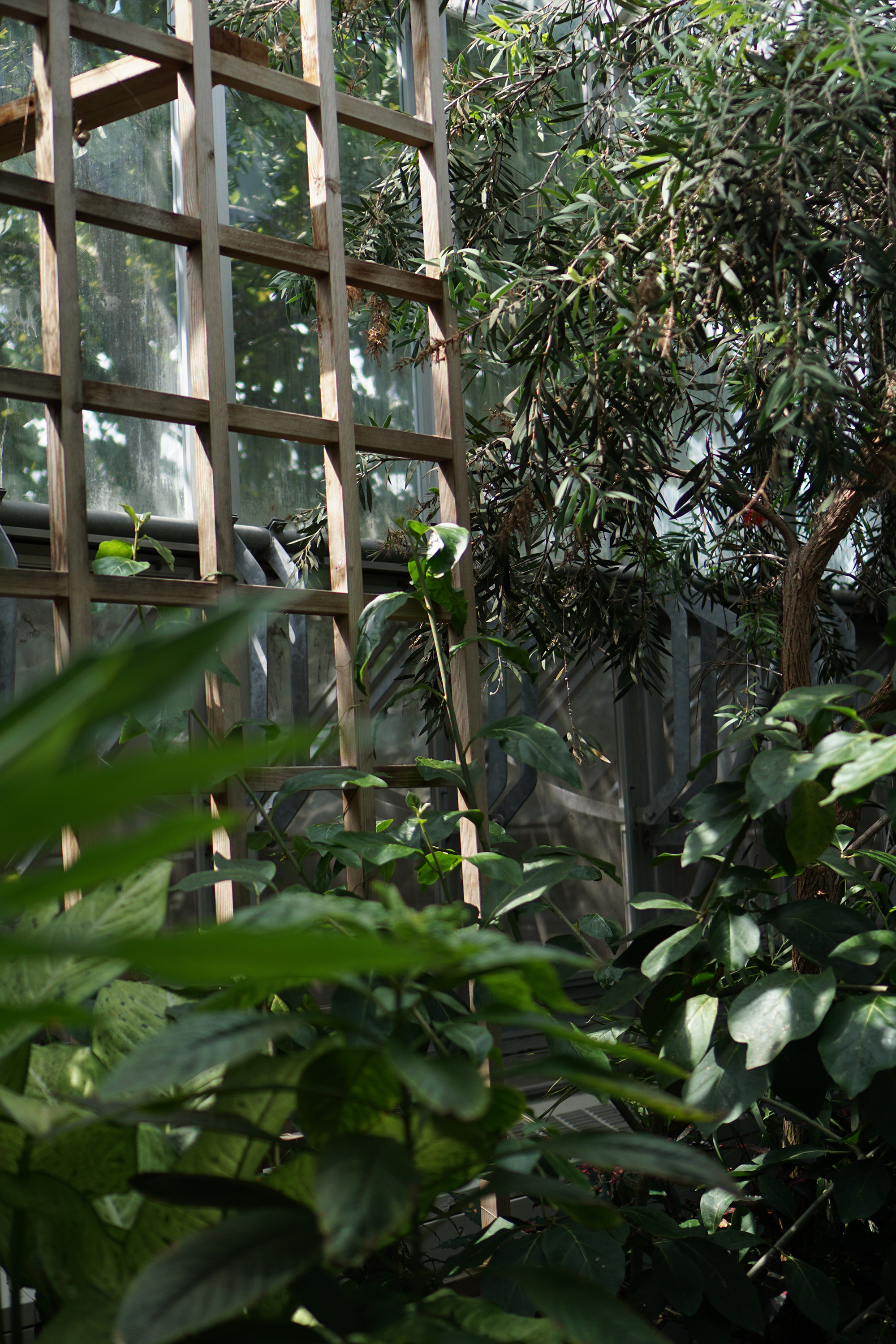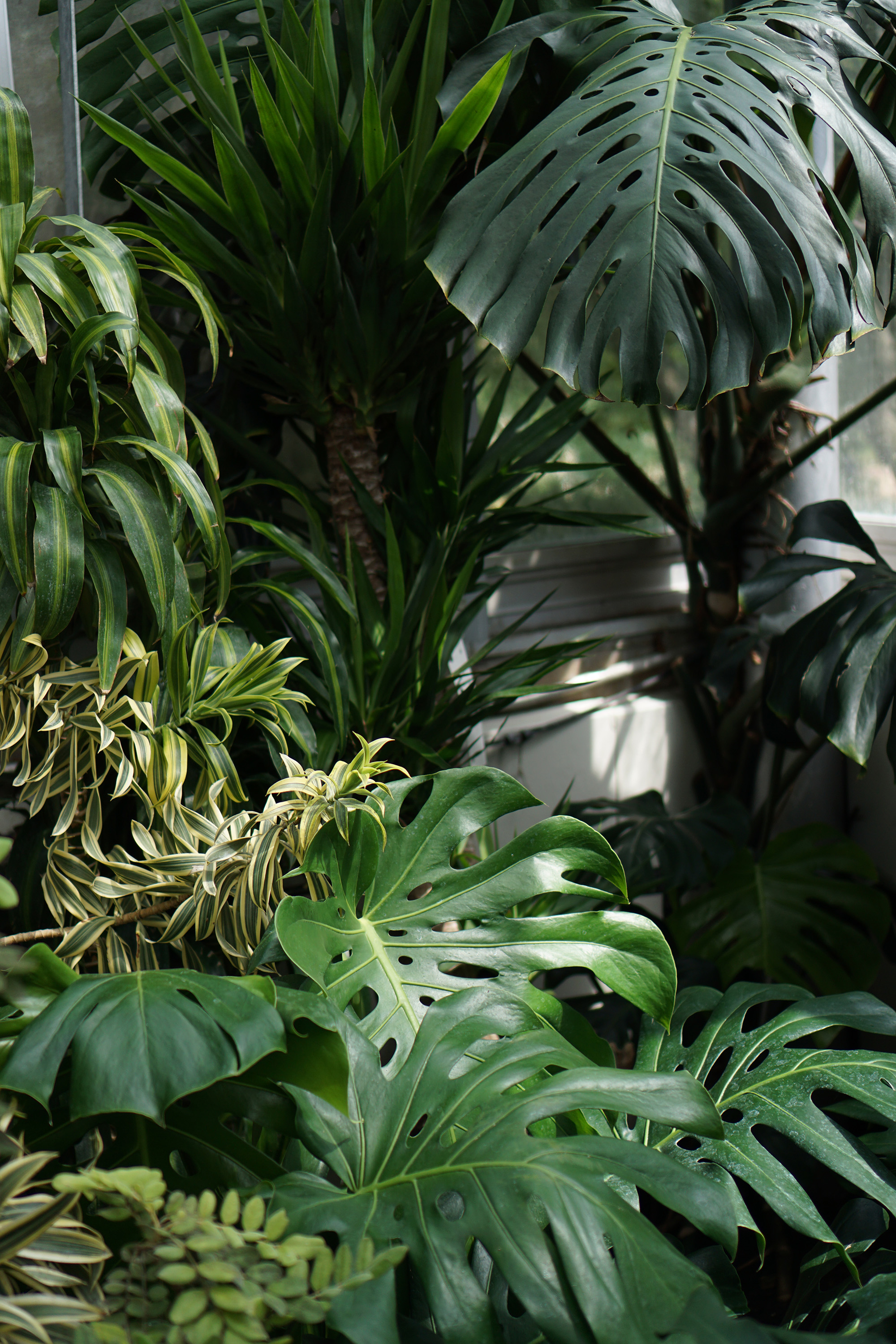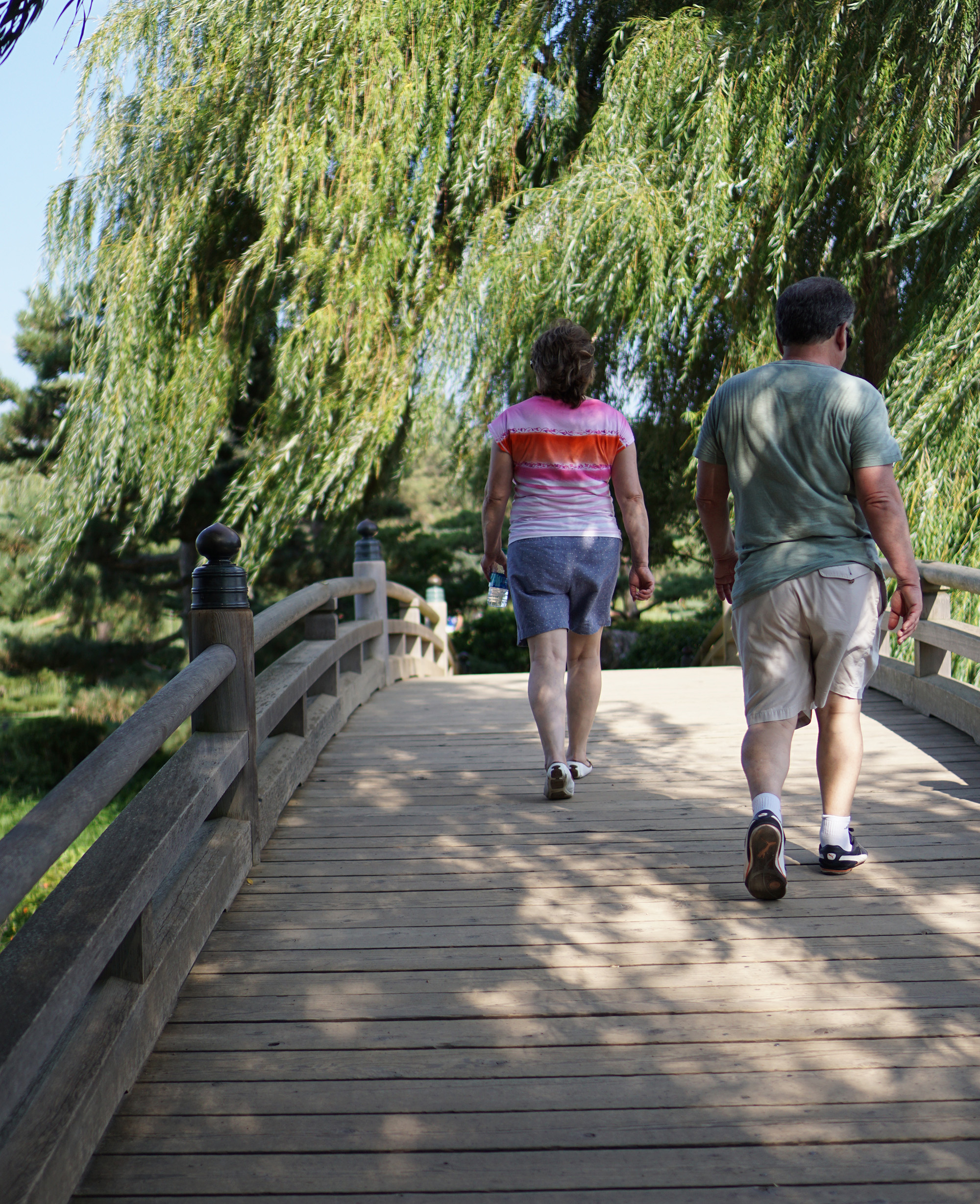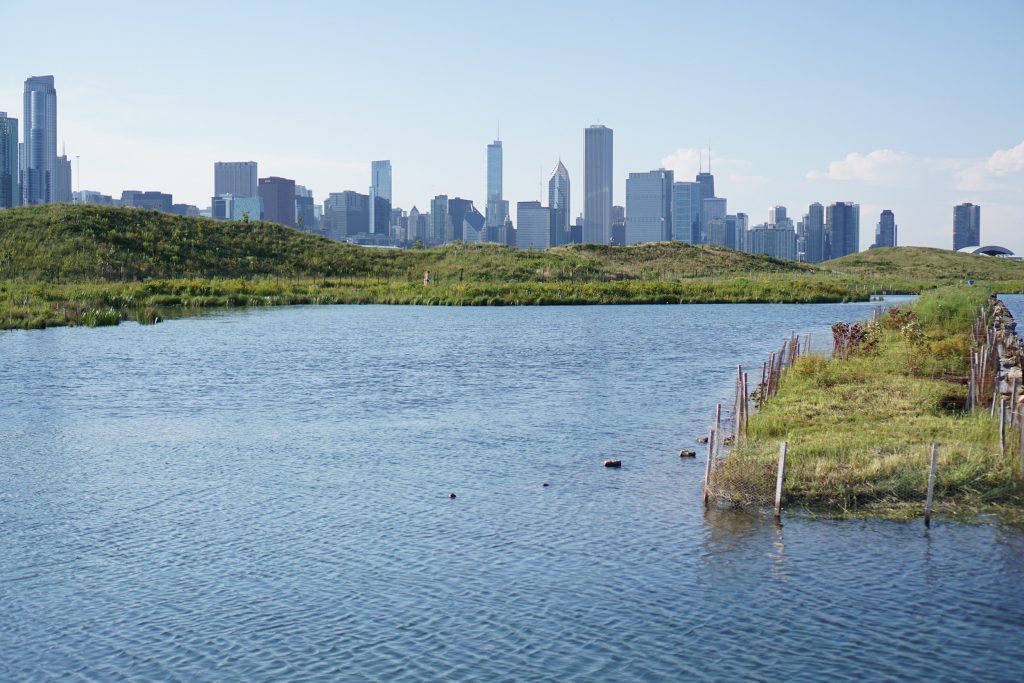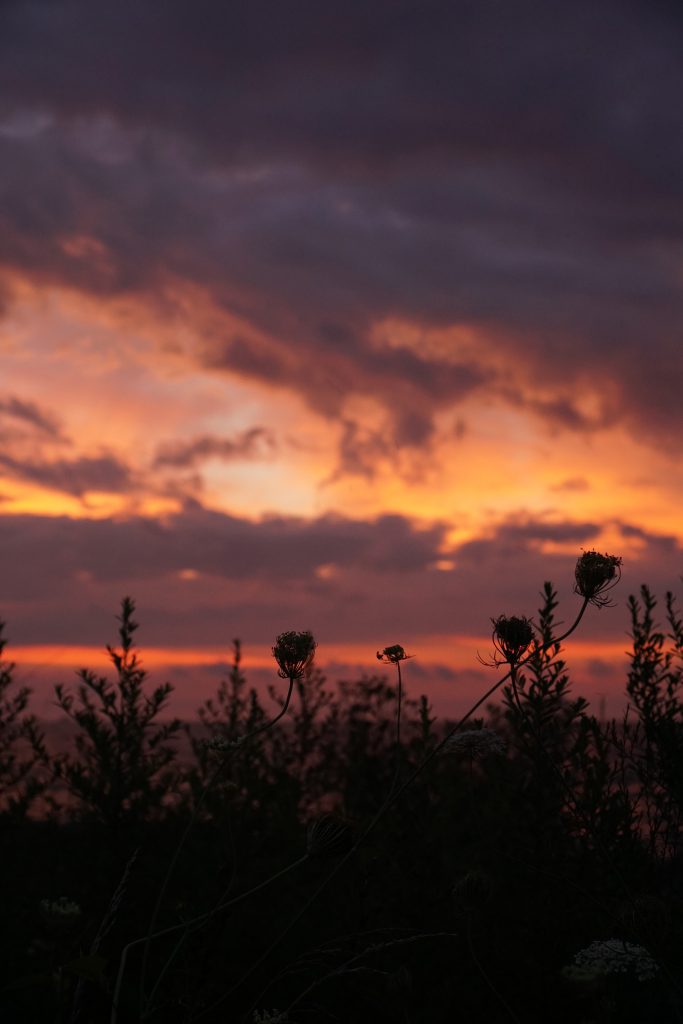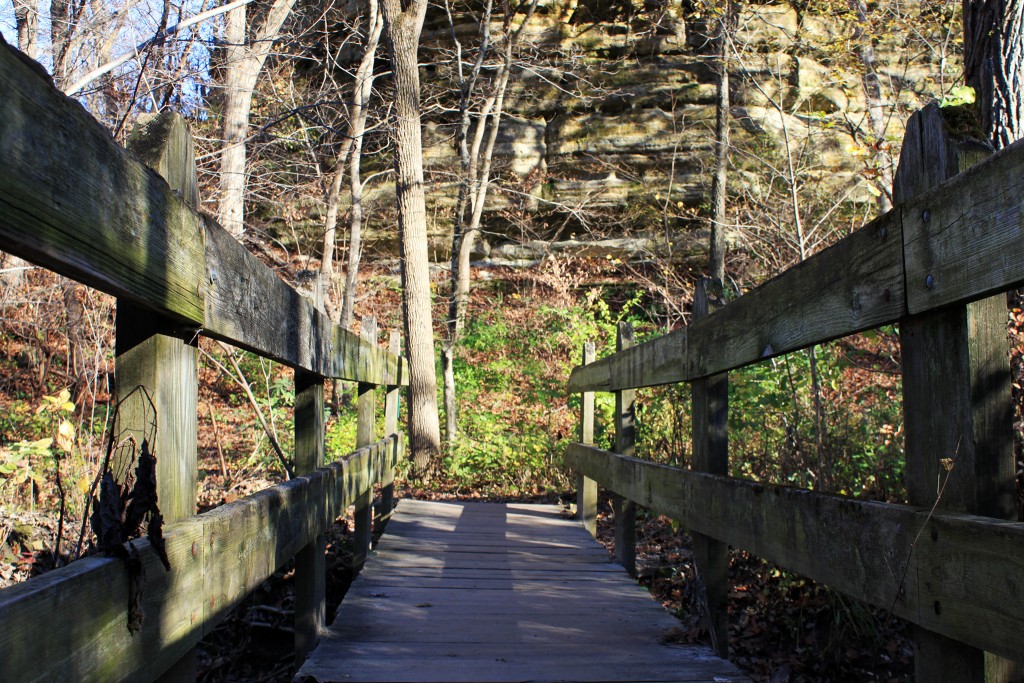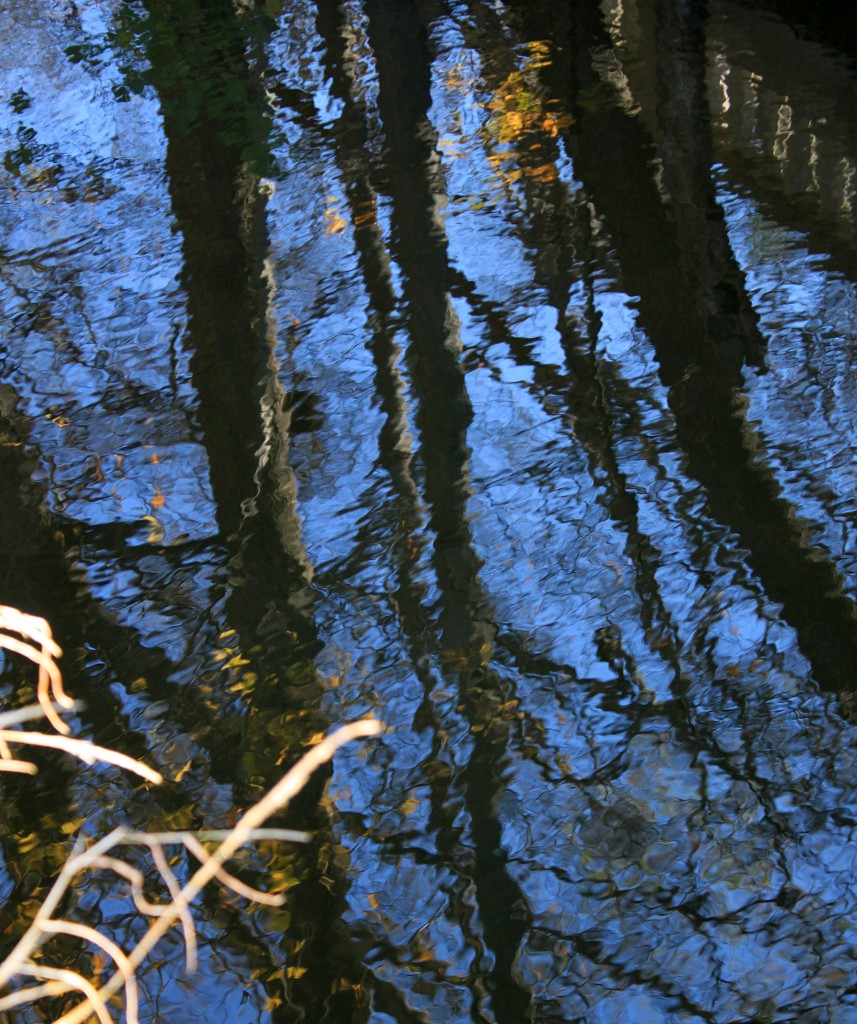Fort Tryon Park / The Cloisters

Today, here in Chicago, it has started to snow. The first snow of the season is always a bit of a recalibration. It reminds me of where we are within the cycles of growth and decay, of light and dark. I had been finding it hard to believe that it was already December and that the end of the year was only a few short weeks away. But then this morning I woke up to snow, and it made sense again.
I always struggle to remember, when it’s snowing and I’m wrapped in multiple insulating layers and my fingertips are turning blue, that it was once warm. Not just warm, hot. The kind of heat that makes you gasp for air. The kind of heat that seeps into your body and radiates off of you, creating an echoing aura that hums when you get too close to anything or anyone else. The kind of heat that that coaxes your body into producing more sweat than you thought was possible.
This day I spent in Fort Tryon Park and the Cloisters was like that.

It was August and my full week in New York City was coming to a close. Despite the intense heatwave and tropical storm system that seemed to be oscillating around the eastern seaboard, I was able to convince my best friend to join me on a sojourn out of Brooklyn and up to Washington Heights.
After riding the cool, stainless steel A train up along the eastern shore of Manhattan, we emerged in a green world. The cicadas were screaming their mechanic song and the heavy air was still in the tallest trees. The rolling Hudson River peeked through a clearing in the leaves and we caught our first glimpse of the giant old fort structures, built and used during the Revolutionary War.


We made our way to the Heather Garden where layers of green folded over and into each other, the landscape punctuated on its edges by tall elm trees. The drunk bees were in wild collection mode, barely visible inside deep flower cups, sucking up the nectar from alliums, irises, black-eyed susans, and all varieties of heaths and heathers. Along the snaking path, we stopped to gape at bright white hibiscus blooms, perfect and unblemished, with diameters bigger than pie pans.


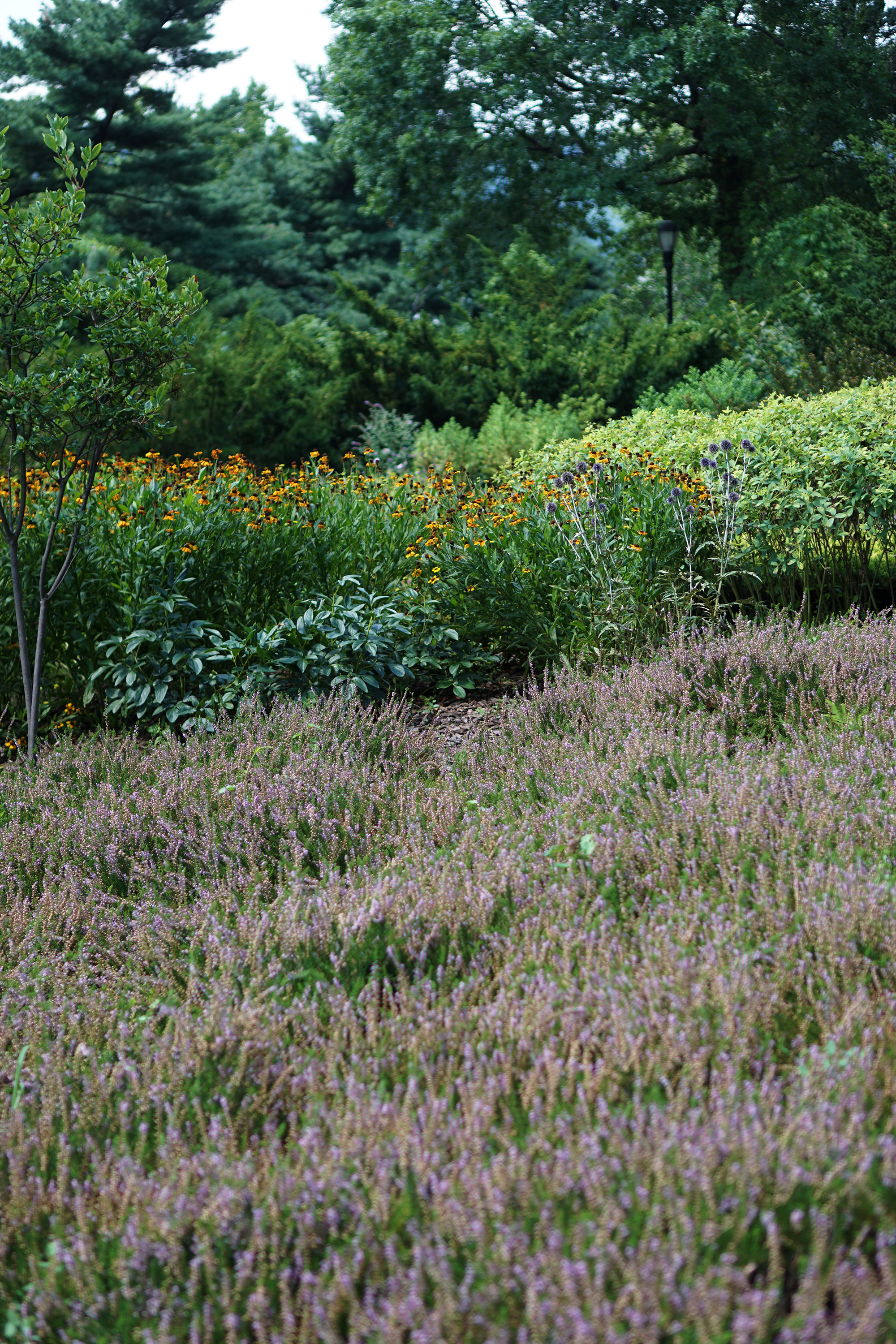
And then we got to the Cloisters Museum, where trefoil arcades created perfect frames for the surrounding greenery. Where potted plants huddled around elaborately sculpted columns. Where low-set walls of marbled gray and pink stone held in serene central gardens: the carefully reconstructed cloisters for which the museum is named.


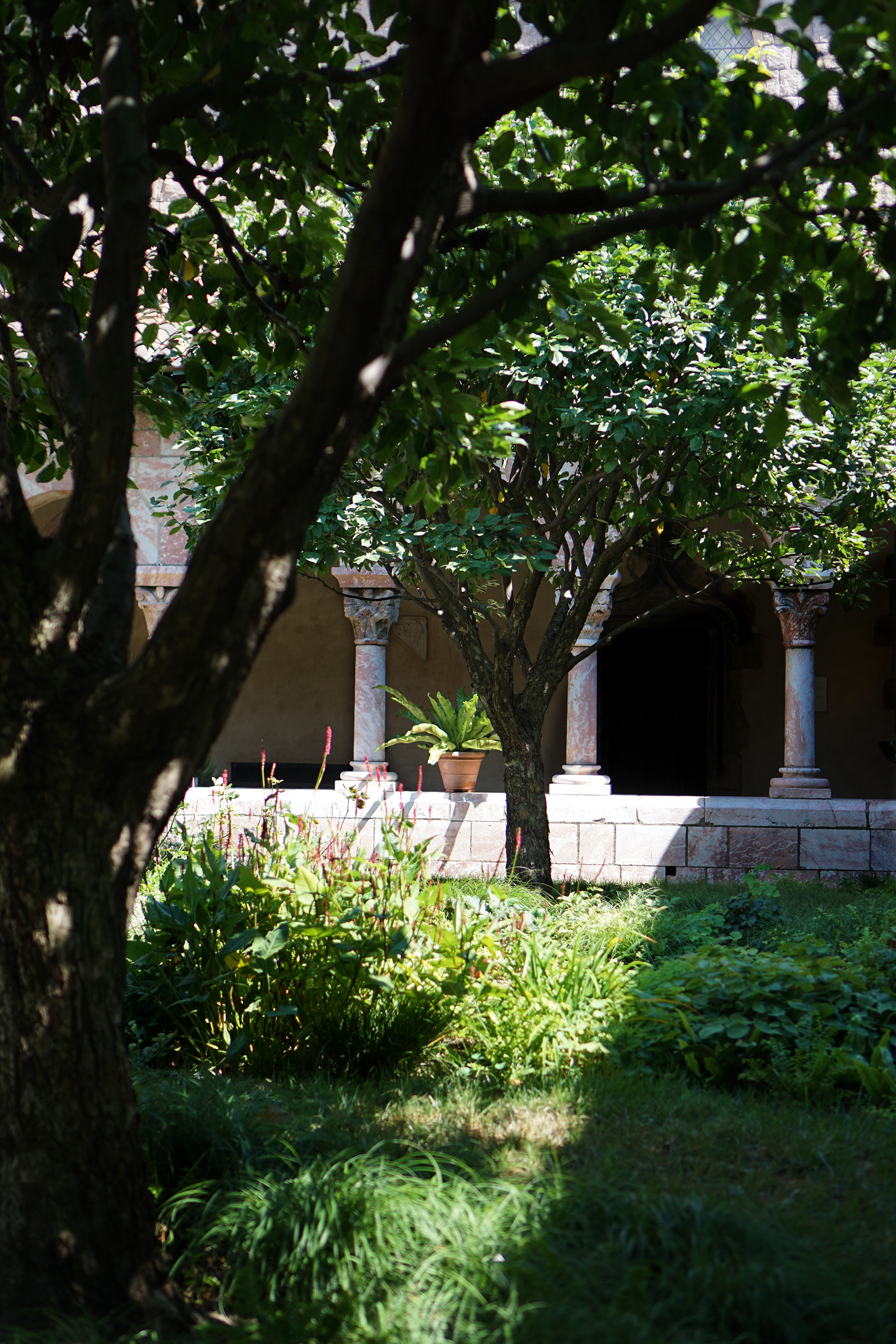

The indoor galleries at the Cloisters hold a collection of medieval art displaying both the beauty and brutality of the era. Wandering among the intricate tapestries and gold Byzantine jewelry, we caught our breath and soaked in the cool, conditioned air. We dipped in and out of the museum, into the dark galleries and out to the walled gardens. We eased away the goosebumps of the frigid, climate controlled rooms among the scorching hot terraces and beds planted heavily with ancient herbs cultivated in the medieval age.


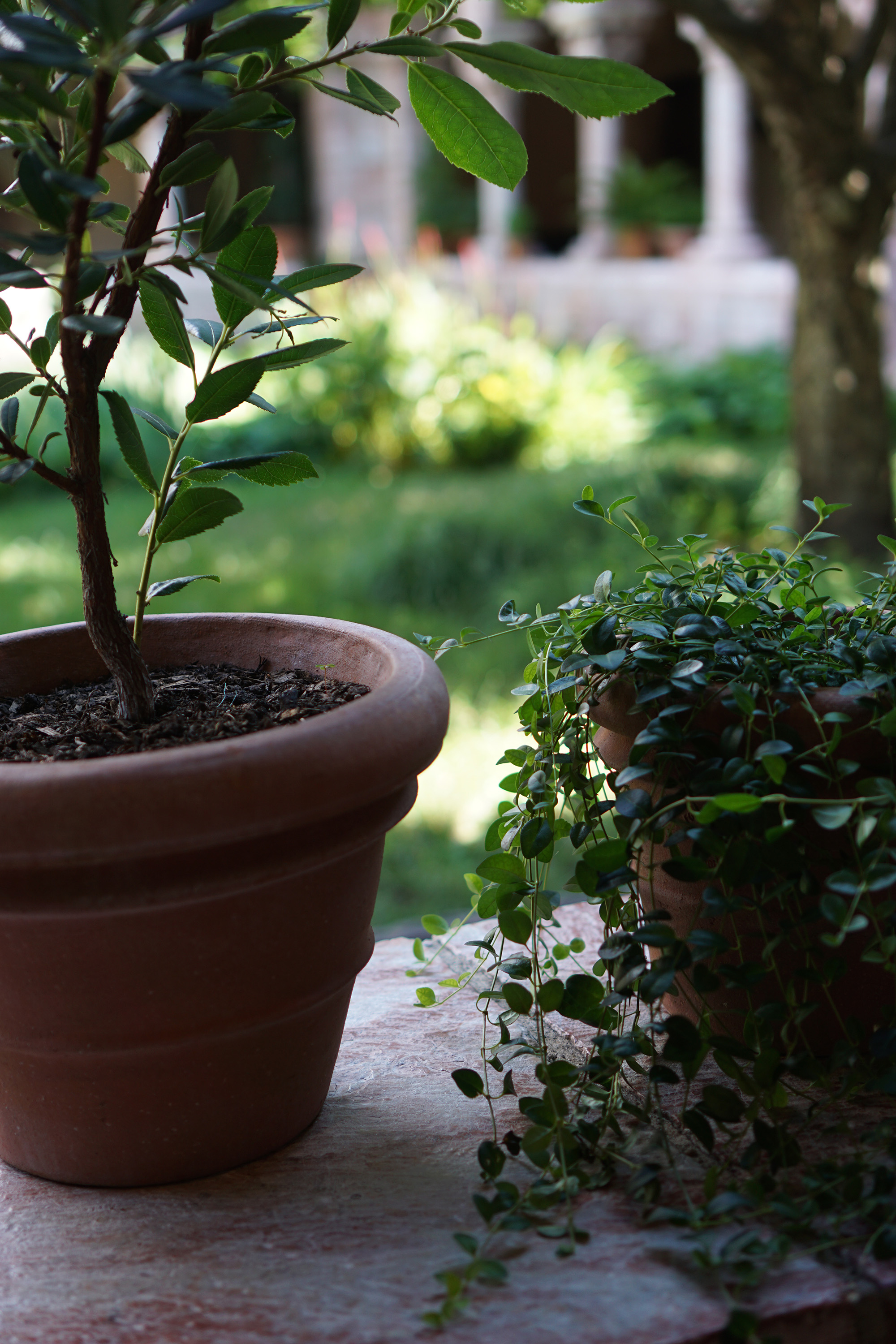
Watching families wander among the gardens and tiny sparrows spin and flap their wings in a trickling stone fountain, I felt as if I’d stumbled into an alternate universe. One where the traffic and concrete intensity of midtown felt impossible and unknown. Where an interest in history and an avid appreciation for beautiful spaces were shared by everyone in attendance, all ethnicities and age ranges included. Where the immense hand of high summer’s heat touched us all, but couldn’t hold us back from enjoying what the vast city had to offer.



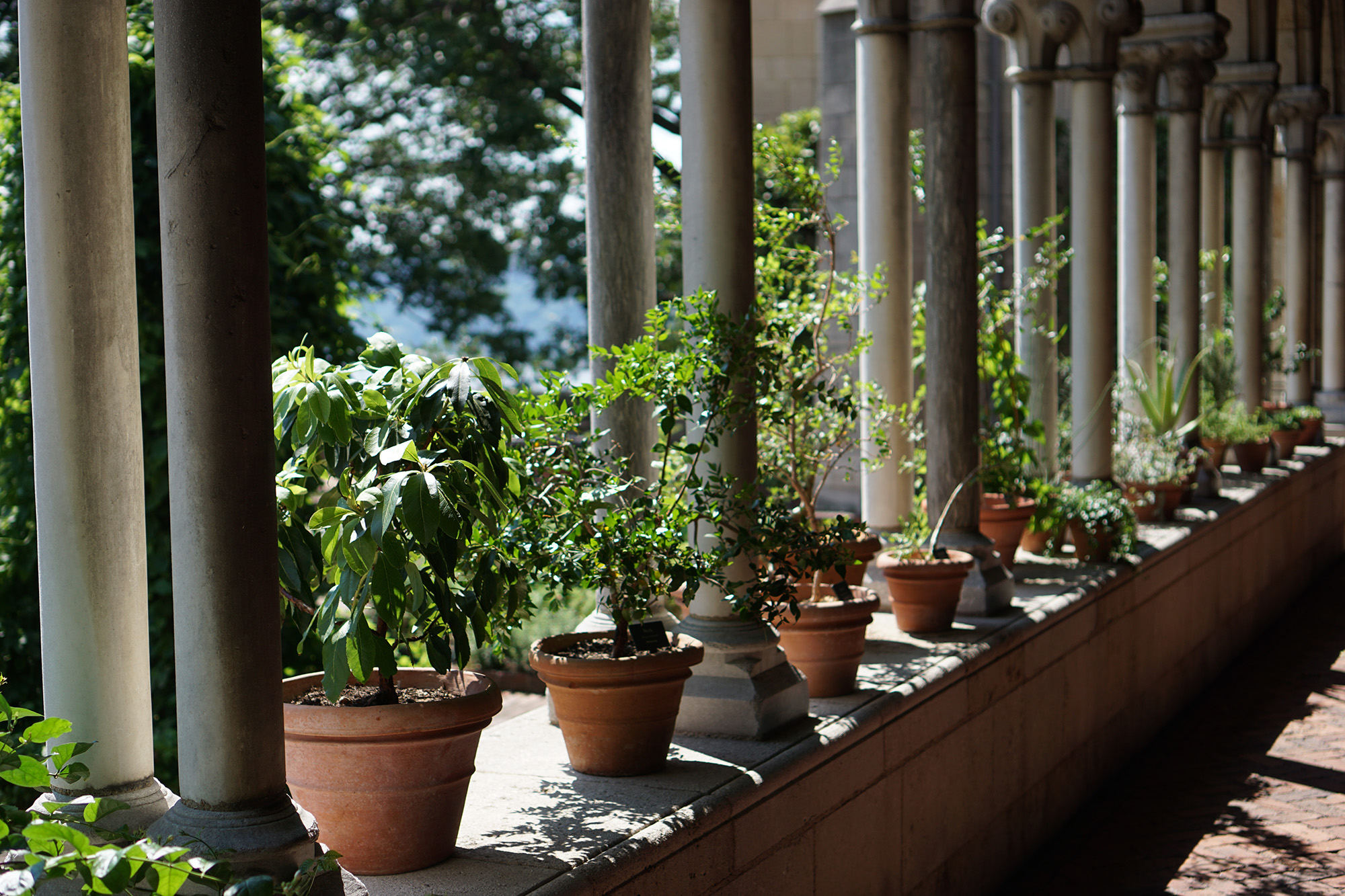
I had a hard time tearing myself away from this place. I’d kept the Cloisters in the back of my mind for years, since learning it held many artworks and artifacts I’d studied years ago in my high school art history classes. My eyes whipped around me, focusing on every leaflet and sprout and piece of delicately carved rock. I watched as the sun blazed mercilessly on everything in its reach, casting hard, sharp shadows through vine and pillar. I breathed in my fill of the thick, fragranced air, held in place by the wide Hudson River and the deep valleys dug out from clay and stone. But then, eventually, we started our trek back to the train and back into the belly of the city. We wandered through the deep brush of Fort Tryon Park and back to 190th Street, past children and adults running through fountains in the nearby playlot, seeking out relief from the profound heat.
Back here at home, in Chicago, remembering this day feels like a distant dream. Here, the sky has turned flat and white, has turned on its faucet producing an endless shower of fat, wet flakes, has lowered to envelop us in its impenetrable opaque globe. I know the sun is still up there, hot and unfiltered, probably warming the skin of park wanderers and lawn picnickers on the opposite side of the globe. But here in Chicago, I watch the fresh snow pile up on the bare oak branches outside my window and reminisce about when the sun, in all its harshness and warmth, was mine.



